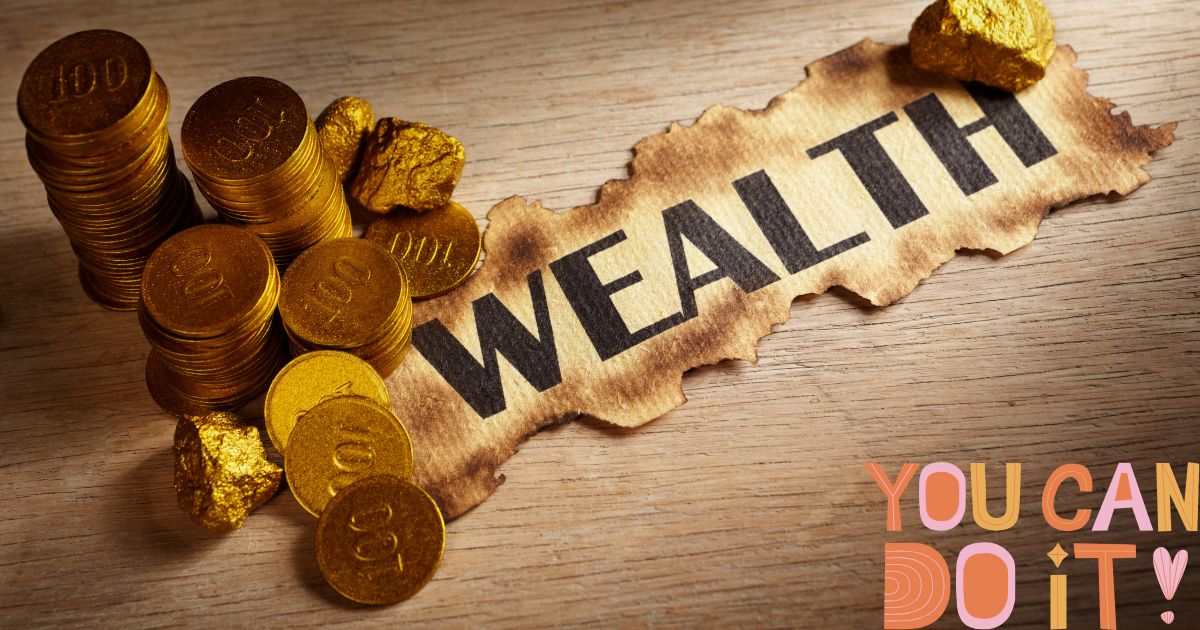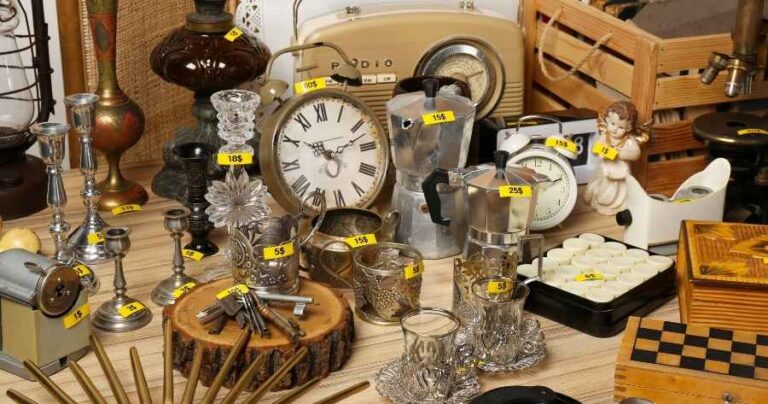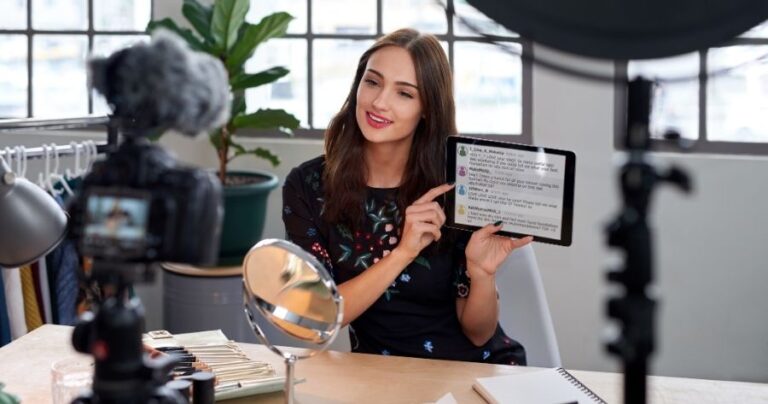
In an age where side hustles dominate the conversation and the gig economy is thriving; a new question is emerging among aspiring entrepreneurs: Can you build real wealth starting with nothing but free stuff? Welcome to the world of flipping free items, a strategy that’s gaining traction among zero-capital hustlers and digital nomads alike.
But is it just another online fad, or is this a legitimate wealth-building strategy? Let’s take a deep dive into the zero-capital flipping model and explore its real-world potential.

What Is Flipping Free Items?
Flipping is the act of acquiring an item at a low (or zero) cost and selling it for profit. When you flip free items, your profit margin theoretically becomes 100% because you started with nothing.
These free items often come from:
- Facebook Marketplace “free” section
- Craigslist’s “curb alert” category
- Freecycle.org
- Bulk giveaways and community clear-outs
- Abandoned storage units
- Online freebies or samples
- Office or business liquidation events
With the rise of digital platforms and peer-to-peer marketplaces, getting these items into the hands of paying buyers has never been easier.
Why This Model Is Exploding in 2025
Thanks to inflation, job insecurity, and a growing mistrust of traditional financial systems, many people are ditching the 9–5 mindset and looking for alternative income streams. Flipping free stuff is attractive because:
- No capital is needed to start
- It’s low risk but high potential
- It teaches real-world business skills (sales, marketing, negotiation)
- It fits almost any schedule
More importantly, platforms like eBay, Facebook Marketplace, Mercari, and OfferUp allow sellers to scale their hustle without building a brand, renting a store, or holding inventory for long.
From Trash to Treasure: What Items Can You Flip for Profit?
Not everything free is worth flipping but plenty is. High-demand categories include:
- Furniture: Old chairs, dressers, bookshelves especially those made of real wood.
- Electronics: Working or fixable phones, laptops, monitors, routers.
- Appliances: Toasters, blenders, microwaves—small kitchen gadgets are hot sellers.
- Bikes & Scooters: Especially in urban areas or near college towns.
- Home Decor: Lamps, mirrors, rugs, art prints.
- Vintage Items: Anything old-school or collectible can have unexpected value.
Learn to spot value others don’t see. A scratched-up dresser might be worthless to them, but a quick sanding and paint job could turn it into a $200 flip for you.
Let’s define “wealth” here. If your goal is to make quick cash, flipping can definitely provide that. But can it generate long-term, scalable income?
Here’s how you transition from hustling for $20 bills to building real financial assets:
1. Reinvest Your Profits
Don’t spend your first $500 on sneakers or pizza. Instead, reinvest in:
- Tools (sanders, brushes, screwdrivers, packaging)
- A storage unit or home workspace
- Ads or premium listings to sell faster
- Better-quality flips (e.g., buying underpriced items after starting with free)
2. Systematize the Process
Build a repeatable workflow:
- Scout daily (set a route or time window)
- Clean/repair immediately
- List on multiple platforms with SEO product descriptions
- Track earnings and inventory
You’re not just flipping; you’re building a micro-business.
3. Scale With Partners or Assistants
As you grow, time becomes your bottleneck. That’s when you:
- Outsource pickups to gig workers
- Use a VA to list and message buyers
- Partner with others for larger hauls (estate clean-outs, abandoned storage units)
4. Diversify Into Digital Flipping
Yes, you can also flip digital free items:
- Free domain names
- Public domain books resold as eBooks
- AI-generated digital products
- Free stock videos re-edited for YouTube content monetization
The same flipping principles apply but digitally, you’re not limited by location.
Success Stories: From Zero to Side Income
Let’s spotlight real-world examples to inspire you:
Case 1: The College Student Hustler
James, 22, started flipping free dorm furniture after finals week. Within 3 months, he made $2,000, enough to pay for next semester’s textbooks and rent.
Case 2: The Stay-at-Home Mom
Alicia, 36, turned free curbside finds into Etsy-ready decor pieces. She now averages $600/month profit and has her own refurbished brand.
Case 3: The Laid-Off Engineer
Ben, after losing his tech job, began flipping electronics from Freecycle. Two years later, he runs a side business doing $40k+/year and now teaches others through a paid flipping course.
Is Flipping Free Items Worth It?
Yes, if you’re consistent, strategic, and treat it like a real business.
It won’t make you rich overnight. But it can teach you:
- The value of grit and grind
- Business basics without business loans
- How to create something from nothing
And for many, that’s more valuable than a startup investment round or a fancy MBA.
Conclusion
In 2025 and beyond, resourcefulness beats resources. If you’re willing to show up, hustle smart, and see hidden value where others see junk, you can turn free items into financial momentum.
You don’t need funding. You don’t need followers.
You just need hustle, knowledge, and the belief that wealth can be built from the ground up, literally.





